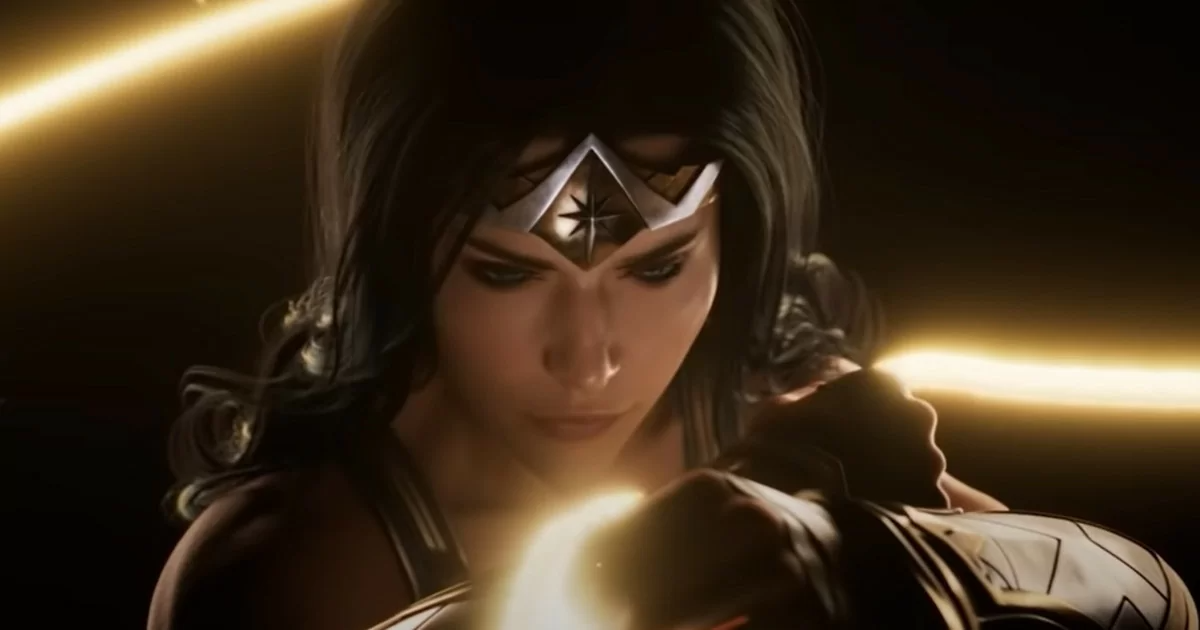Monolith’s Wonder Woman is an exciting game for many reasons, with one being that it finally shifts the popular DC mythology in games away from Batman or Batman-related titles. This would still be true if it was coming from an unknown developer, but because it is being developed by Monolith, there are also a few implications fans can already associate to Wonder Woman in terms of what it could look and play like, at least in comparison to its most recent games.
Monolith developed Middle-earth: Shadow of Mordor and Middle-earth: Shadow of War, which already have many mechanics that could easily translate to a Wonder Woman game. Diana classically wields a sword, which would translate well from Talion’s swordplay, while her superhuman qualities would translate well from Celebrimbor’s wraith abilities. No news has been shared stating how comparable these games will be, but there is one foundational gameplay design that Wonder Woman needs to abandon or greatly improve from the Middle-earth games.
Monolith’s Middle-earth Games Have an Awkward Mission System
Middle-earth: Shadow of Mordor and Middle-earth: Shadow of War are both open-world games with expansive portions of Mordor and neighboring locales to explore. This makes Monolith and Warner Bros.’ patented Nemesis System enthralling as players will suddenly be confronted by Orc and Uruk Captains that they may have encountered before, or new ones that could potentially have their own improvisational and procedural storyline. Players commonly traverse these open worlds either on foot with swift Elven speed, via a Caragor mount, or through fast travel at any previously unlocked towers or Haedir. These open worlds are enticing and there are many collectibles players can find, but once it is time for players to embark on a main mission or side mission, the transition is interpolative.
There is no segued blend between open-world exploration and scripted narrative moments. Instead, players reach their waypoint destination and are met with an icon prompt in the environment to interact with. Missions are then debriefed to players in a pop-out window with what it will entail narratively and what rewards they will receive upon completion. Cutscenes usually follow, and players are often suddenly transported to wherever the mission needs them to be. This structure to missions is not necessarily underwhelming or bad, and it also has its merits in many games.
This trick of having a loading screen between open-world free-roam and narrative beats is sometimes disguised by a transition from an exterior location to an interior location. But it also seems outdated with regard to other modern open-world games. Having to interact with a prompt that transports the player into a cutscene taking place elsewhere is unsatisfying and makes the Middle-earth games’ open worlds feel disconnected.
Monolith’s Wonder Woman Should Do Without This Mission Style
Open-world games that have natural transitions between explorative open-world traversal and scripted narrative moments are what should be strived toward, and Monolith’s Wonder Woman would do well to implement that. It is currently unknown how Wonder Woman will look or play, and it may be completely overhauled and unique compared to what Monolith’s Middle-earth games look and play like.
The only reason they will all be compared for the foreseeable future is because Monolith is their developer, and Middle-earth games will likely be the foundation from which Wonder Woman is developed as well. However, if Wonder Woman is raised from the bones of Middle-earth games, it will hopefully abandon Monolith’s rigid mission structure. Wonder Woman does not need to mimic the seemingly one-shot spectacle of God of War, for example, but it should still segue into narrative cutscenes without having a drastic and jarring cut that players interact with as a UI prompt. The other egregious and outdated feature of the Middle-earth games’ mission structure is that once within a mission, players are claustrophobically leashed to that particular area.
This is a byproduct of Middle-earth games awkwardly transitioning into missions that are disconnected and completely separate from the open world. It has been nearly five years since Middle-earth: Shadow of War was released, and it is possible that Wonder Woman has already abandoned many of Monolith’s previous design choices in favor of a new mission structure. It is unclear when fans may hear from Wonder Woman again, such as what gameplay may look like or how it could take advantage of the Nemesis System. But with any luck, Wonder Woman’s open world will be designed without rigid, claustrophobic missions inviting players to interact with them as environmental prompts.
Wonder Woman is in development for PC, PS5, and Xbox Series X/S.

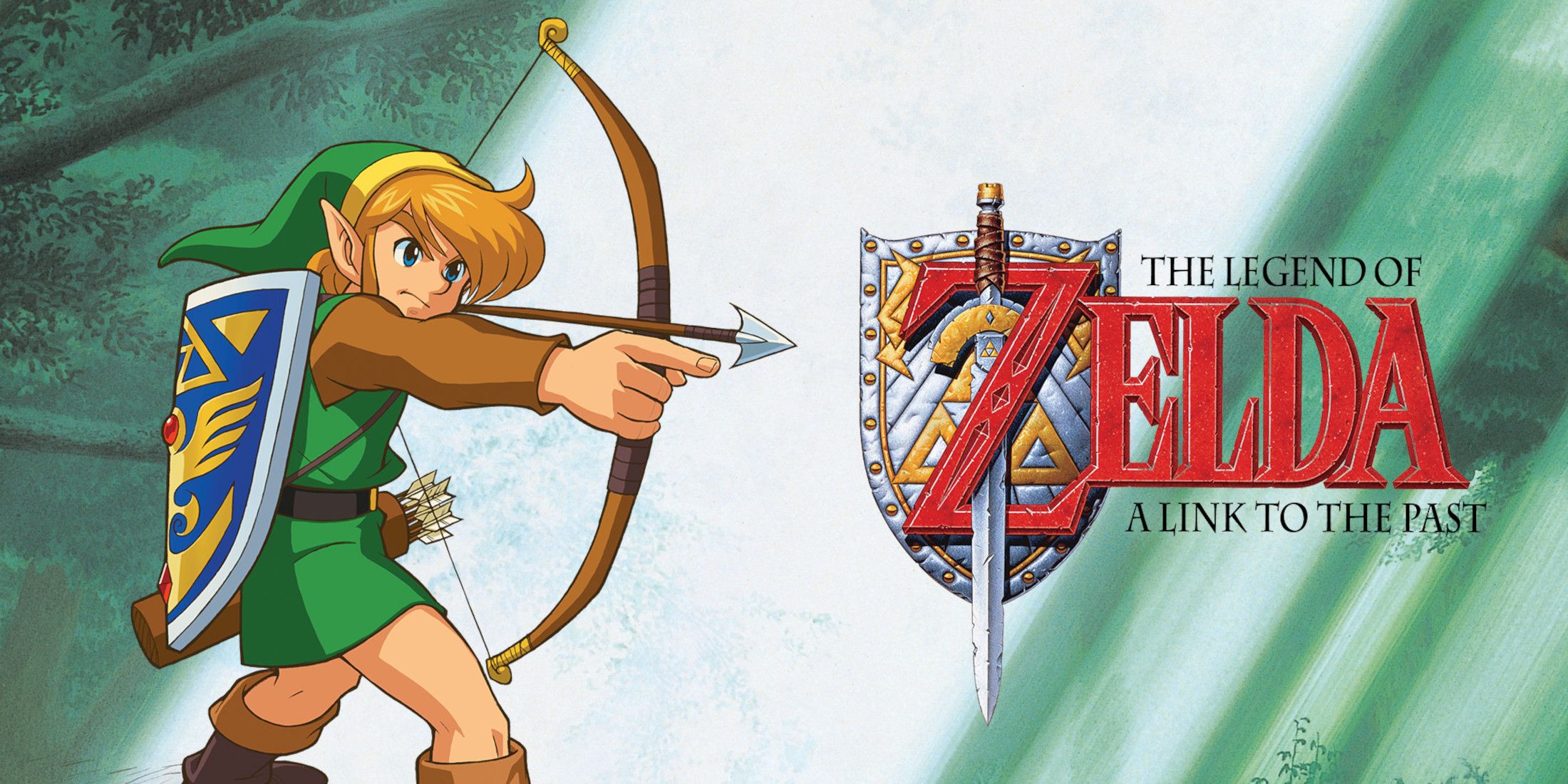
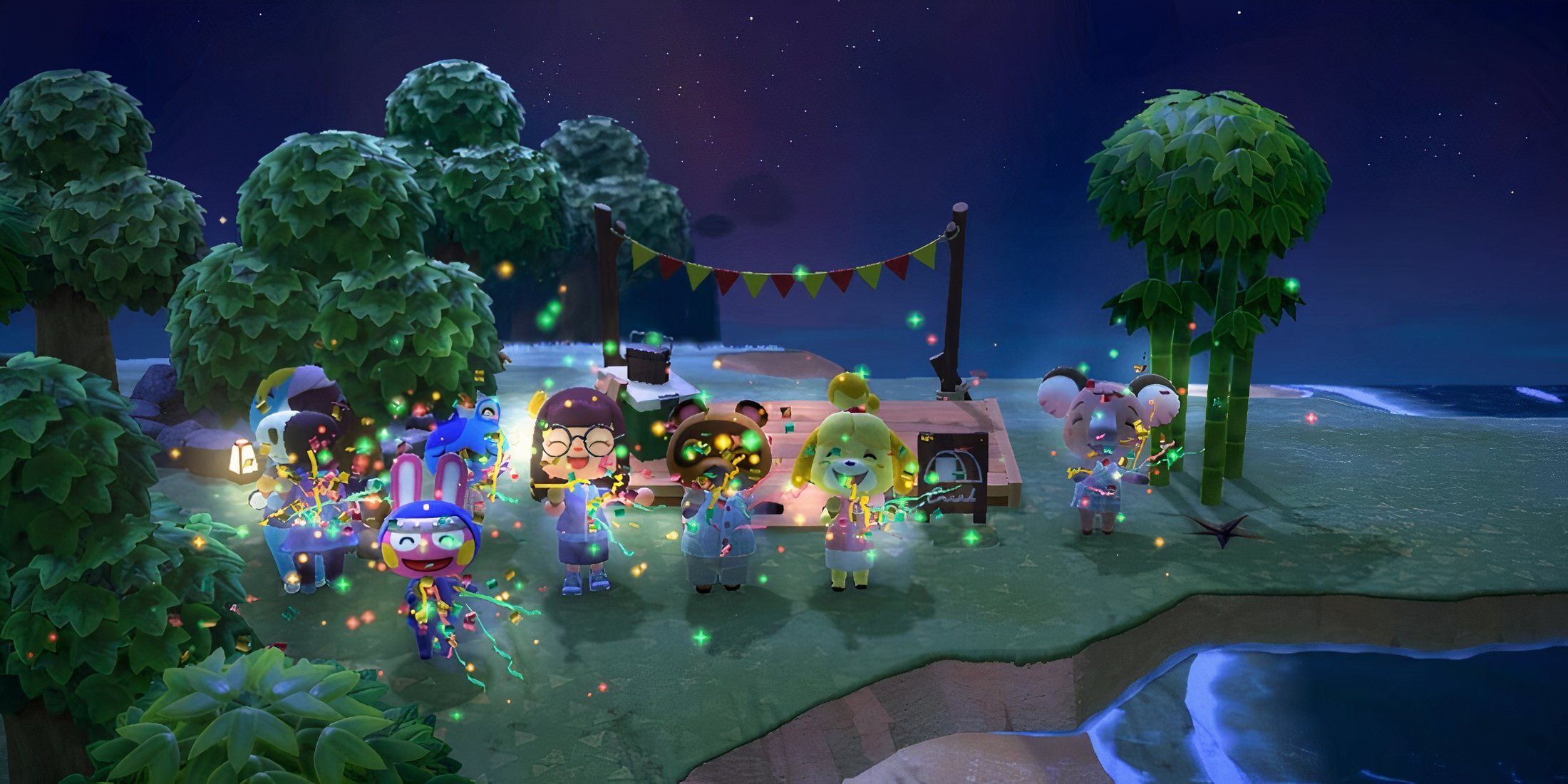
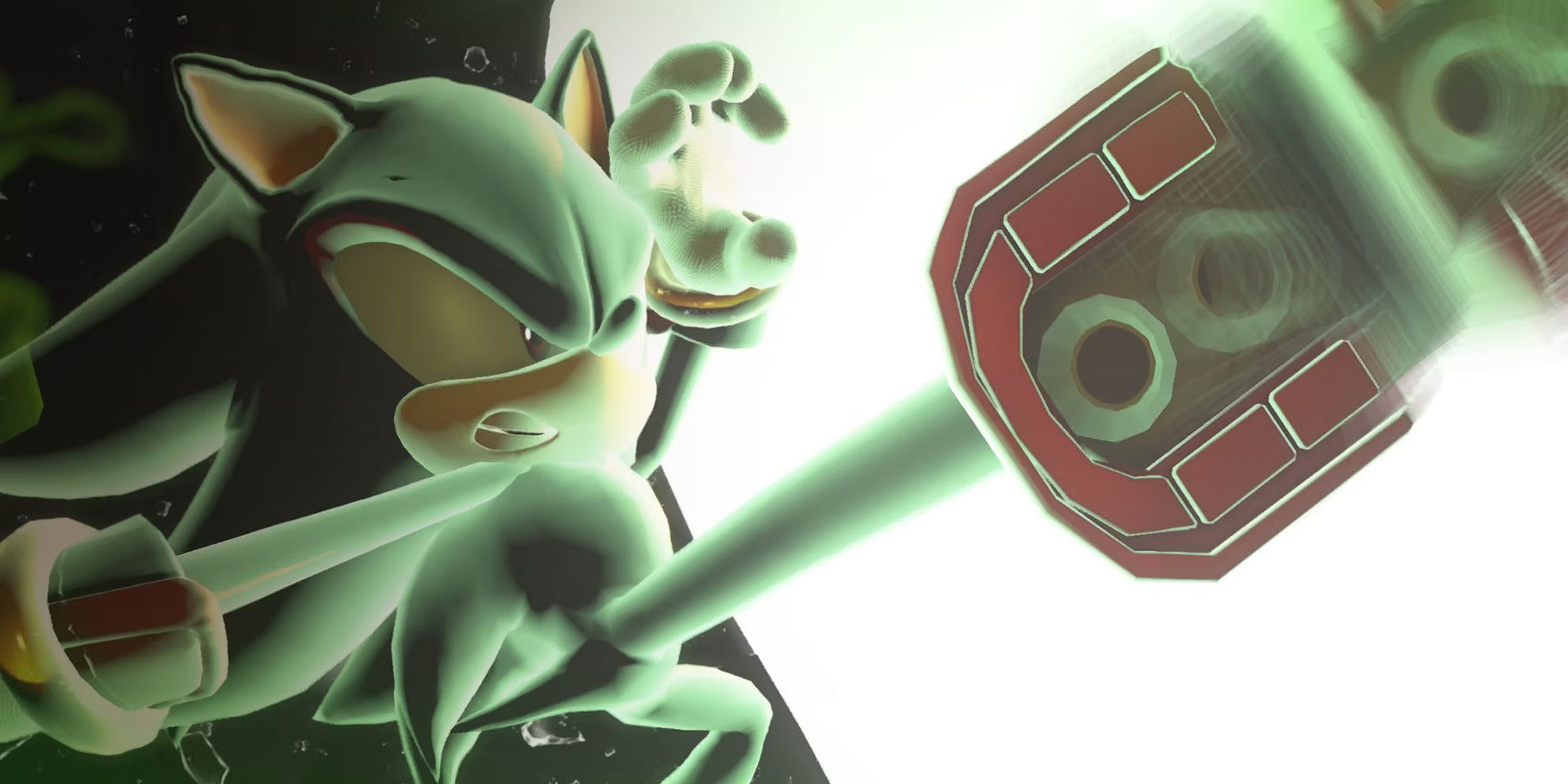
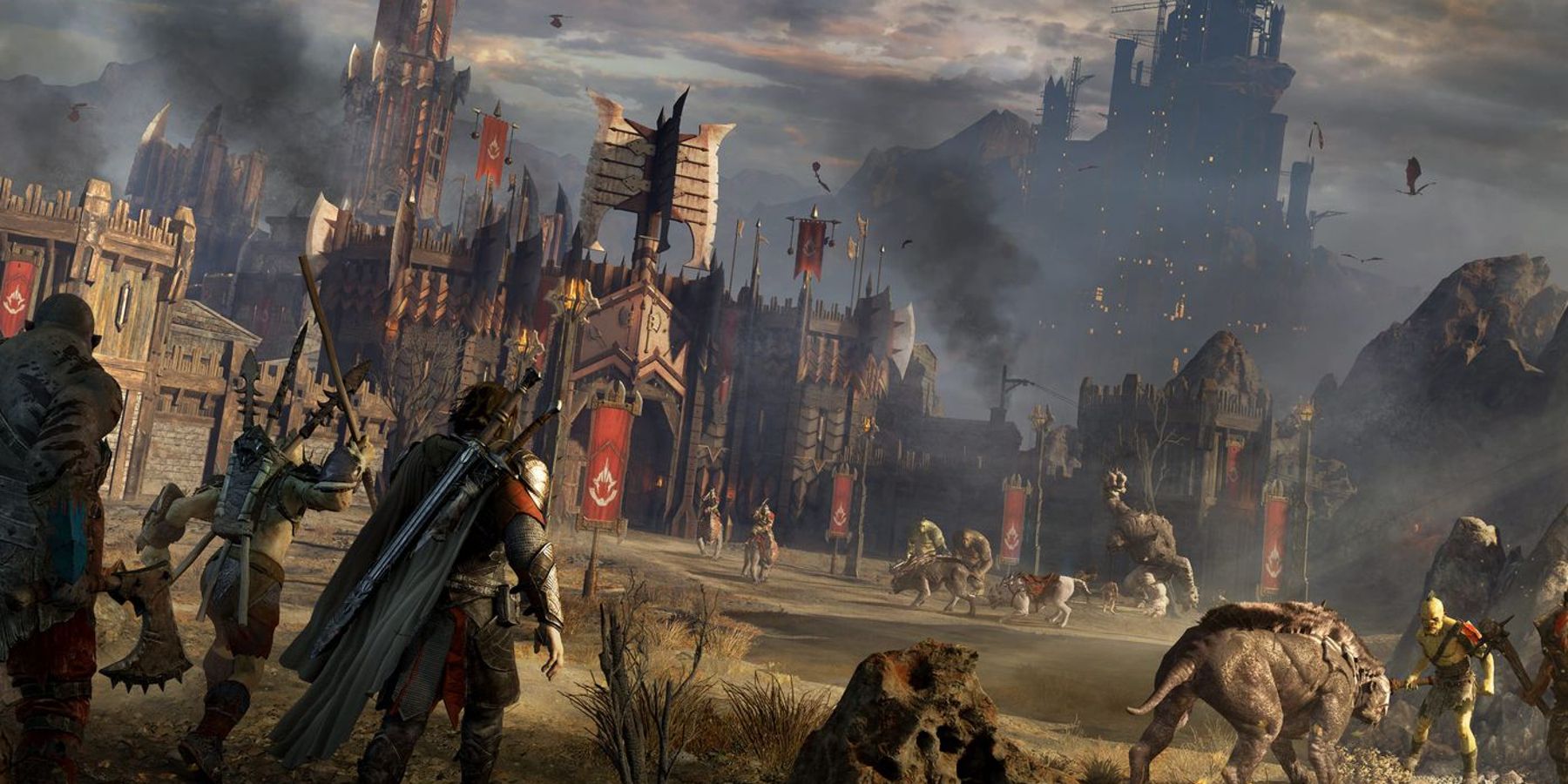
.png)
